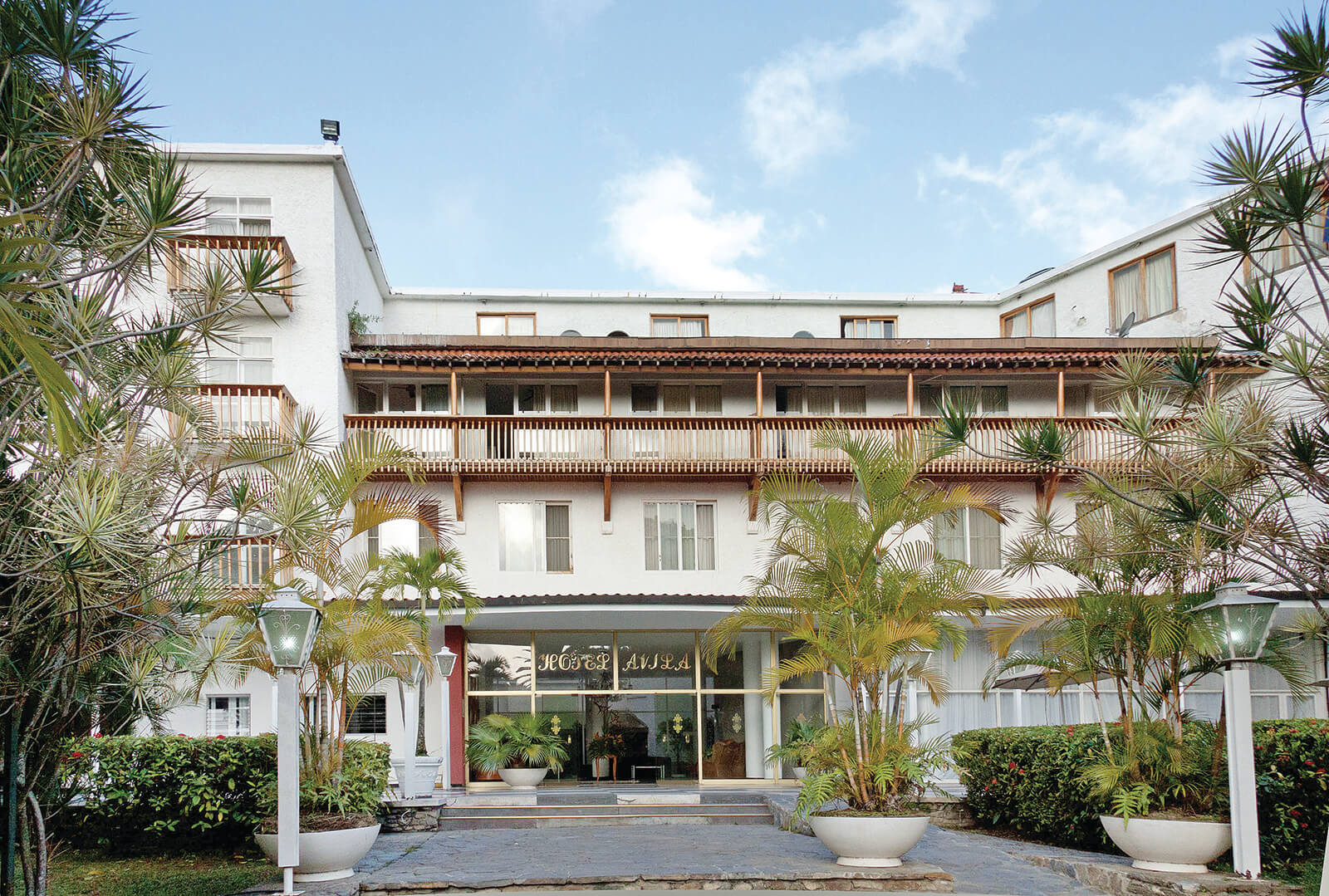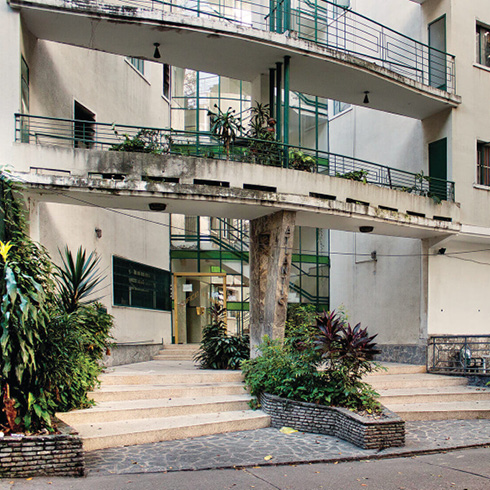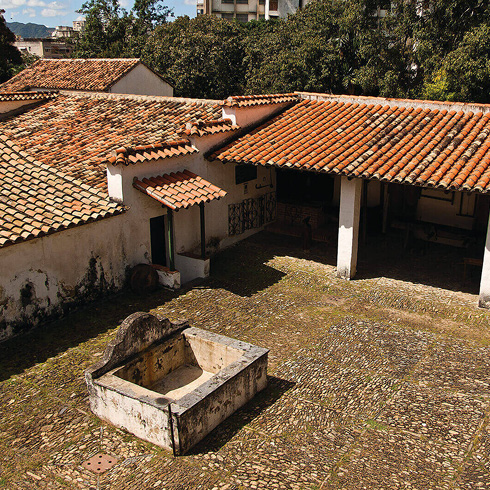YPM
The iconic Hotel Ávila was for many years the top hotel facility in the capital (until Hotel Tamanaco was built in 1953). Located in San Bernardino, the first sector of the city to break with the traditional grid pattern (although attributed to Maurice Rotival, it has a precedent in Gustavo Vollmer’s 1897 project), the hotel was built on the initiative of Corporacion Venezolana de Fomento, subsidized by the Rockefeller Group. Its designer, Wallace K. Harrison (author of Rockefeller Center in New York, 1930), pauses in his allegiance to avant-garde European movements, and is «tropicalized», assimilating errors in previous assignments in the Caribbean. The 120-room building is placed at the end of a tree-lined avenue, hidden among the vegetation and compositionally oriented towards the Ávila and the valley of Caracas. Harrison adapted the functional scheme and the volume to the climatic conditions, achieving a fluid relation between the interior and the exterior, using local materials and giving it elements of traditional architecture: blinds on the outer corridors, lathed wooden balustrades on the balconies, and a spacious corridor prior to the hotel’s central lobby, all covered with local tiles. It has a duality between an exterior indulgent to the location and a decidedly international interior. In 1944, Clifford Wendehack undertook its expansion, reformulated and constructed by the Hegeman-Harris firm.
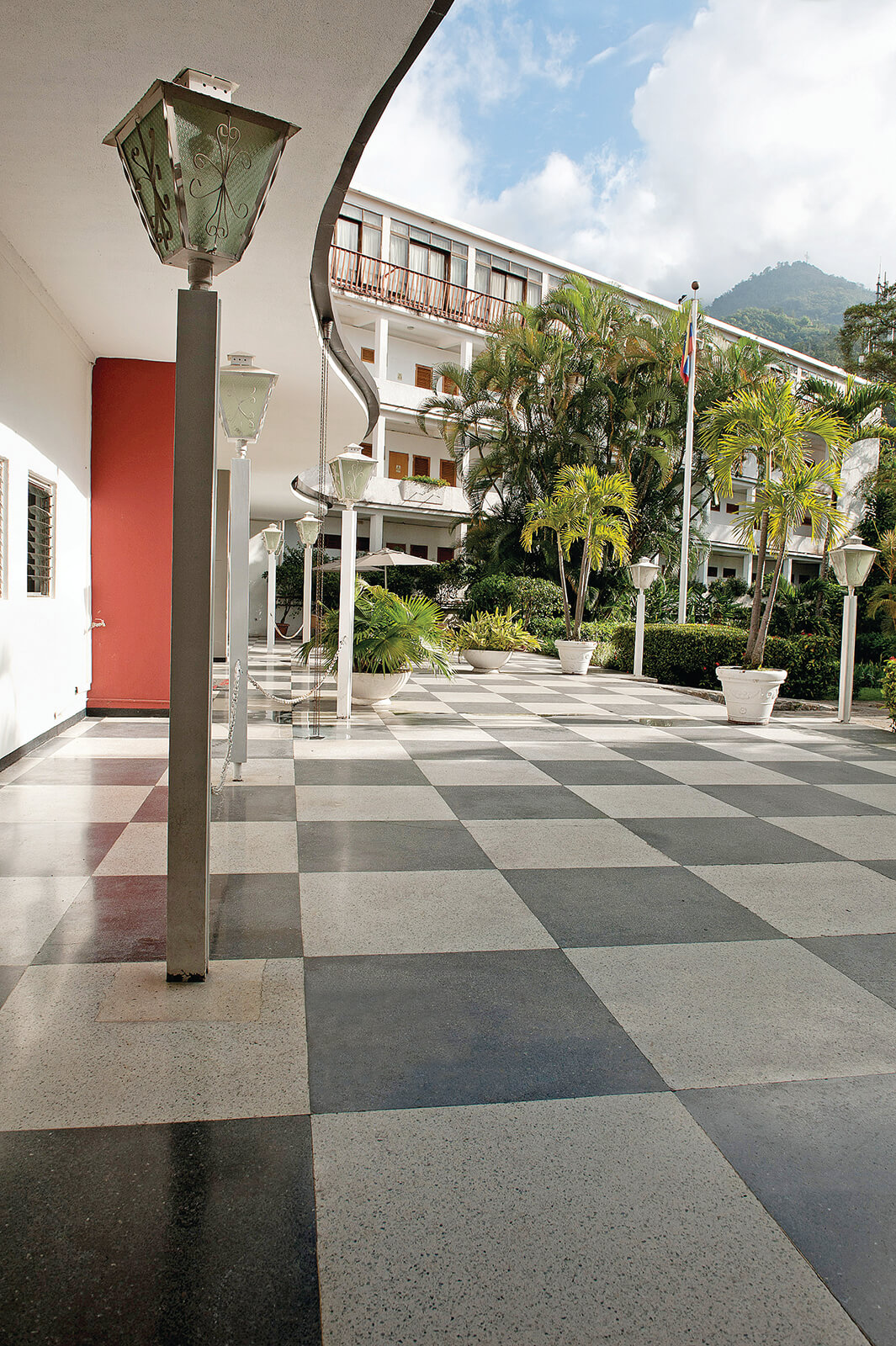
EGP
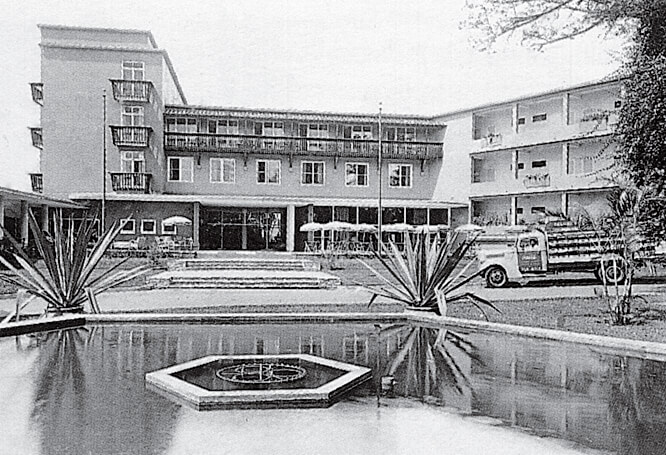
NE-12

planta


